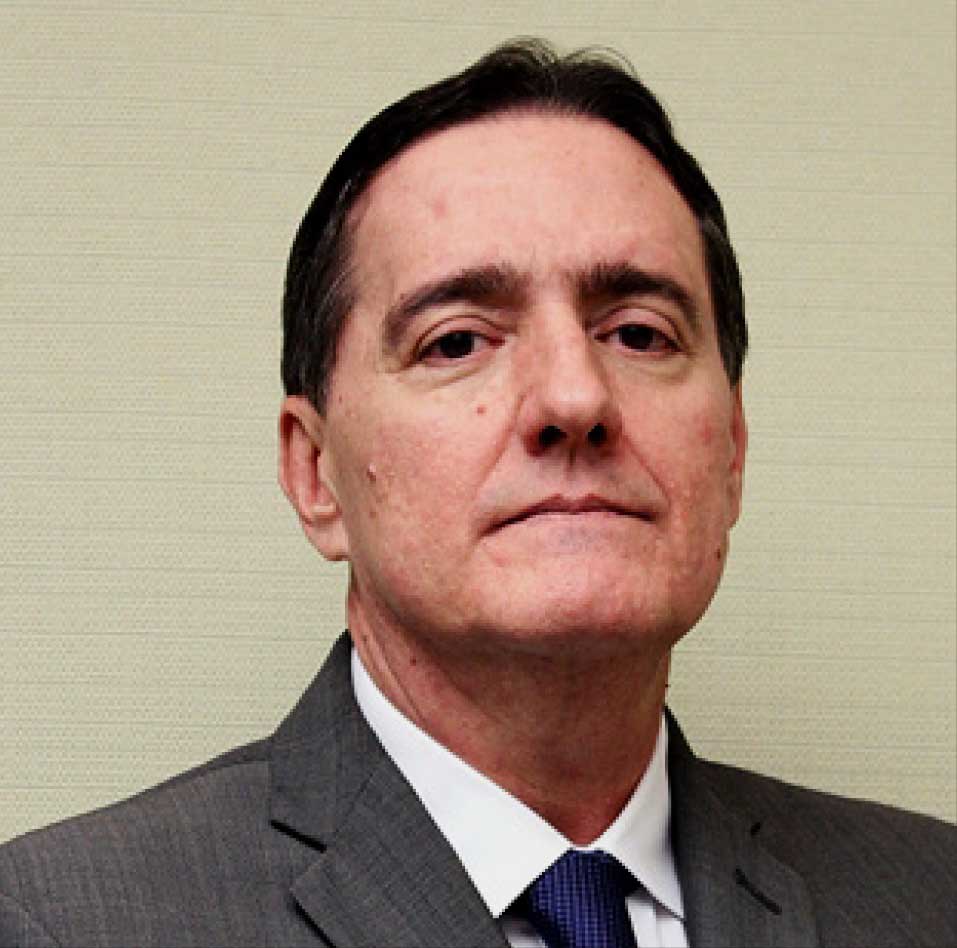While downward trends in cases and deaths continue across much of the Americas for the eighth consecutive week, Pan American Health Organization (PAHO) Assistant Director Jarbas Barbosa warned that “progress in our region is not a reason to become complacent or discontinue the public health measures that help keep us safe.”

“It is critical for all of us to stay the course until everyone is vaccinated and protected from the virus,” he said during a weekly media briefing on COVID-19.
In the last week, countries reported more than 745,000 new COVID-19 infections and just over 18,000 deaths. The United States, Canada and Mexico all reported drops in cases and deaths and there have been similar declines across most countries in Central and South America.
The Assistant Director reported that, thanks to strong immunization systems in the region, 1.2 billion doses of COVID-19 vaccine have been administered and 46% of the overall population are now fully vaccinated.
At least 32 countries in the region have already reached the WHO’s target of 40% vaccination coverage by the end of 2021, and several more are on track. However, many continue to face delays, and coverage in Haiti, Nicaragua, Jamaica, St. Vincent and the Grenadines, and Guatemala remains below 20%.
Vaccine inequity remains the biggest barrier to reaching our coverage targets,” Dr. Barbosa said. Public health measures are therefore “our best strategy for reducing COVID-19 transmission and saving lives.”
To address inequity, allocations of vaccines from COVAX are expected to accelerate in the coming weeks. The COVAX facility, with the support of PAHO’s Revolving Fund, has already delivered 64.3 million doses to the region.
PAHO has also been working with countries to train health care workers, ensure access to vaccination, improve cold chain capacity, implement communication strategies, and overcome challenges with the supply of syringes and diluents.
As more vaccines become available, Dr. Barbosa urged countries to follow latest guidance from the WHO Strategic Advisory Group of Experts on Immunization (SAGE) to ensure that shots go into the arms of those that need them the most.
While these decisions are ultimately up to individual countries, they “should always be based on evidence, equity, and the commitment to protect our most vulnerable,” he said.
SAGE recommends that when vaccine availability is low, the elderly, frontline workers, and people with pre-existing conditions must be prioritized.
“Once those at greatest risk are protected, the next step is to immunize a high percentage of the adult population. Only afterwards should countries consider vaccinating younger groups,” Dr. Barbosa said.
SAGE also currently recommends that a booster dose only be provided to those who are immunocompromised, and people over the age of 60 who received an inactivated virus vaccine such as Sinovac or Sinopharm.
As most countries in the region still lack sufficient vaccine doses, it is critical to follow expert guidance and maximize the impact of the doses that are available.”
Vaccination combined with effective public health measures make up the best strategy for reducing COVID-19 transmission and saving lives, Dr. Barbosa added. They “lay the best foundation for countries to reduce circulation of the virus and eventually get their economies and societies back on track.”





![Demonstrations of rejection held in various cities around the world [Photo credit : Venezuelan Embassy]](https://thevoiceslu.com/wp-content/uploads/2026/01/Demonstrations-of-rejection-380x250.jpg)

![Hyacinth Daniel [Photo Credit: Kingsley Emanuel]](https://thevoiceslu.com/wp-content/uploads/2026/01/Hyacinth-Daniel-feat-380x250.jpg)






